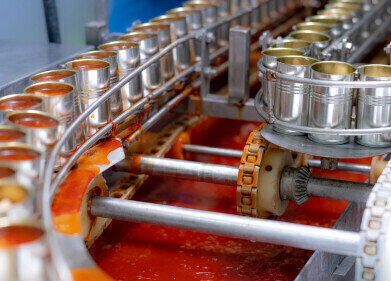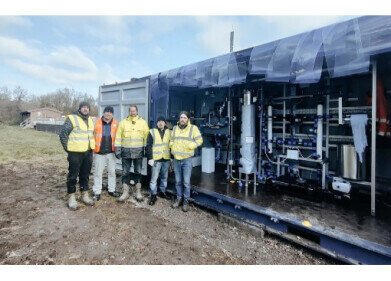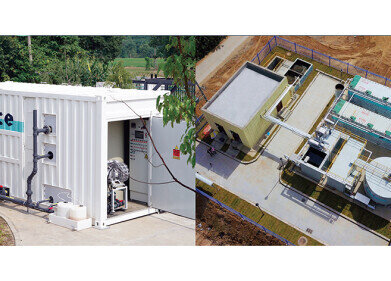Wastewater treatment
Peristaltic Pumps Waste Less Water in Wastewater Treatment
Mar 11 2010
The City of Eagan in North Minnesota, USA required a pump capable of accurately dosing 15% sodium hypochlorite or ‘hypo’ for their new wastewater treatment plant.
Hypo has outstanding disinfection properties. It is used in wastewater treatment to kill off bacteria before being discharged back into the environment and in water treatment as one the primary methods of drinking water disinfection. It is also a challenging product to pump. This is because hypo tends to off-gas, causing some types of pump to vapour lock. Diaphragm pumps are particularly prone to this.
After evaluating several pump choices from a number of manufacturers, they decided on the Verderflex VF10 peristaltic hose pump from Verder (UK) for the job. The ten pumps will be put to immediate use in this new area of the treatment plant. Each Verderflex VF10 pump is capable of flow rates up to 48 US GPH and at pressures up to 175 psi. Verderflex pumps can pump both gas and liquid, ensuring the liquid stream receives a consistent dose.
Peristaltic pumps are the pump choice for dosing sodium hypochlorite and Verderflex pumps can be found in wastewater treatment plants worldwide.
The fluid being dosed is kept totally enclosed within the rubber hose which is then compressed by a rotating shoe forcing the liquid inside, along. Upon restitution of the hose the resulting vacuum draws in more liquid. This process is known as peristalsis and is what makes the peristaltic pump the first choice for liquid metering. Variations in hose type allow for low strength and even high strength hypo dosing.
Naturally the wastewater plant needs to run as cost efficiently as possible and the City of Eagan were impressed with the long life given by the Verderflex hose and the ease of maintenance when the hose needed to be changed.
The nature of the pumping process used by peristaltic pumps results in only the hose coming into contact with the fluid being pumped. Not only does this mean that the pump is hygienic and leak free, it also means that there are no moving parts to become clogged or damaged. The only maintenance required is to change the hose which is done quickly and efficiently, keeping downtime to an absolute minimum. Ultimately this saves costs and increases profits.
All water treatment plants produce waste which has to be prepared for disposal. Usually a filter press is used to minimise volumes and constrain the waste processing costs. Such equipment presents a challenge to traditional pumping solutions as the water is abrasive, resulting in reduced flow. To address the problem pump speed is often increased and the pump is operated with the gland seals pressurised. The result is increased leakage exposing the press mechanism to abrasive wastes.
Variable suction performance is the inevitable consequence and as suction pressure increases ‘rat holes’ appear in the filter press feed as water is pulled from above the top of the sludge blanket. This increases the water content and the volume of the pressed waste, increasing operation costs.
By contrast Verderflex pumps give consistent suction performance and do not incur significant wear. For this reason they have also become an industry standard for treatment plants across the world to optimise filter press operation.
Events
Carrefour des Gestions Locales de L'eau
Jan 22 2025 Rennes, France
Jan 29 2025 Tokyo, Japan
Feb 05 2025 Nantes, France
Feb 16 2025 Kampala, Uganda
Feb 26 2025 Chennai, India











